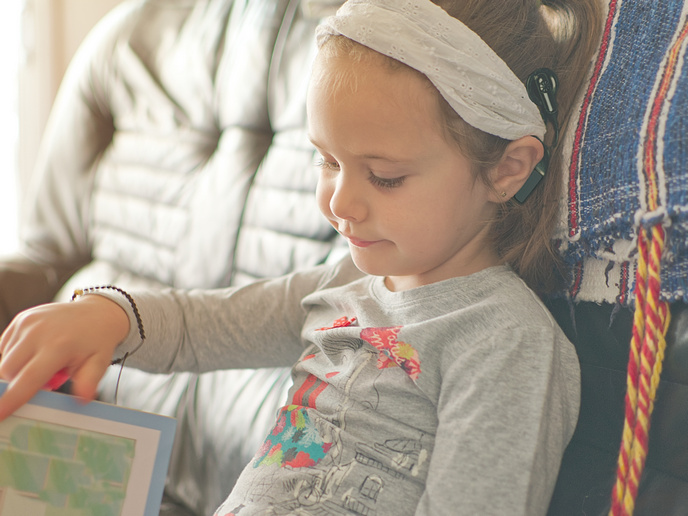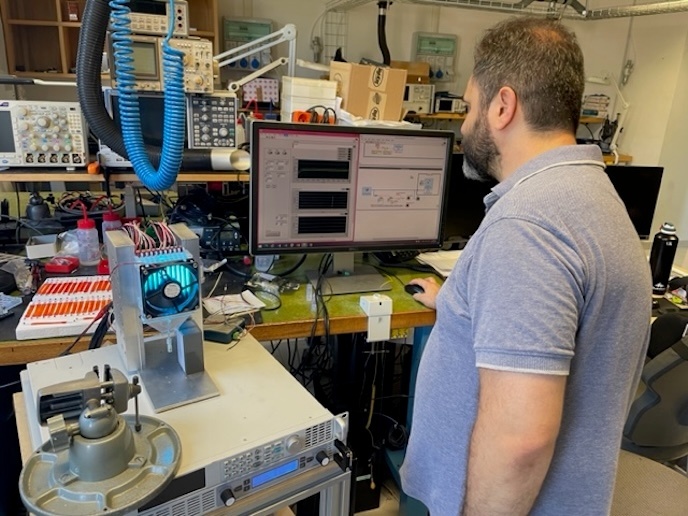Bioceramics for orthopaedic devices
To date, bioceramics have been most commonly used in dentistry and some orthopaedic applications. Now, advances in cellular medicine have enabled highly effective early clinical interventions not previously possible with metal implants. A large EU consortium has brought new bioceramic products to market for five partner small- and medium-sized enterprises (SMEs). The RESTORATION(opens in new window) (Resorbable ceramic biocomposites for orthopaedic and maxillofacial applications) project developed composite plugs for treatment of osteoarthritis, vertebral cements for compression fractures of the spine and composites for maxillofacial fracture fixation. The consortium began by laying the groundwork for the manufacture and testing of novel medical devices. This included defining detailed specifications, developing new materials processing routes and creating novel materials. Researchers also assessed materials for biocompatibility using human and animal primary cells, which were tested under load-bearing and non-load-bearing conditions. Development of new medical devices included realistic testing in preparation for clinical trials. Scientists also conducted a life-cycle analysis using newly developed cost models to determine the best ways to minimise both costs and environmental impact. Work included the testing of new bioceramic plugs for osteoarthritis and new bioactive cement for use in vertebroplasty procedures in large animal models. A new biocomposite paste containing platelet-rich plasma for use in vertebroplasty procedures was also evaluated in a small animal model. In addition, project partners developed a new maxillofacial plate design and material. Building on the broad expertise of its partners, RESTORATION has pushed back the frontiers of medical science with medical devices based on novel and improved bioceramic materials. These new devices are now ready for clinical trials, with long-term sales potential predicted at around EUR 350 million per year. Furthermore, new knowledge generated will be exploited by other teams for maximum project impact.







